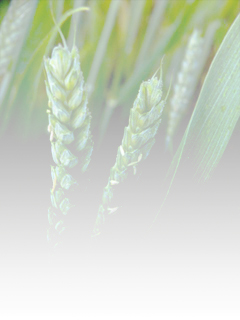Energy conservation for organic high tunnel production through rain water utilization, ventilation management, soil mulches and cover crops
(Leib, Butler, Wszelaki, Savoy) |
||
The energy conservation approach to improving high tunnel production is innovative because it uses the known benefits of high tunnels combined with the known benefits of practices used outside high tunnels; thus increasing the sustainability of this production system as a whole. In addition, the monitoring of these practices during the project will show producers how to best manage the practices they adopt. The specific goals of this project are to: (1) collect, store and irrigate with rainwater captured from high tunnels using gravity pressure or solar power to avoid power consumption from pumping ground water and surface water supplies, (2) manage the passive ventilation systems in high tunnels to create more optimum air temperatures for plant growth without the need for power consuming fans, 3) use soil mulches and a row cover inside high tunnels to create more optimum soil and crop canopy temperatures by increasing absorption of solar radiation and reducing night time heat loss, 4) establish and incorporate winter and summer cover crops in high tunnels to improve soil quality and increase biologically-fixed nitrogen reducing the energy required to produce and transport organic or conventional fertilizer, and 5) demonstrate the benefits of energy conserving practices in high tunnel production to promote adoption of these sustainable methods through on-farm demonstrations, field days, workshop presentations and extension fact-sheets.
In a preliminary project, we found that marketable bell pepper yield was 35% higher when rain water was used as compared with municipal water, while the opposite was true of tomato. Marketable tomato yield was 30% higher with municipal water. Marketable bell pepper yield was 3 times greater in clear mulch (warmest soil temperature) as compared with the vegetative mulch (coolest), while nearly the opposite was true of tomato. Marketable tomato yield was 50% greater in the vegetative mulch compared with the clear mulch but was not statistically significant. When a double line of drip tubing was used on a double row of peppers in the gravity system, marketable pepper yield was over 80% greater as compared with a single row of drip tape, while the double and single drip lines had no yield effect on a single row of tomatoes.
The preliminary project was funded in part by the UTAgResearch and Extension Innovation Grants Program. Funding for continued research and extension activities has been provided by the USDA-NRCS Conservation Innovation Grants Program. |
||


